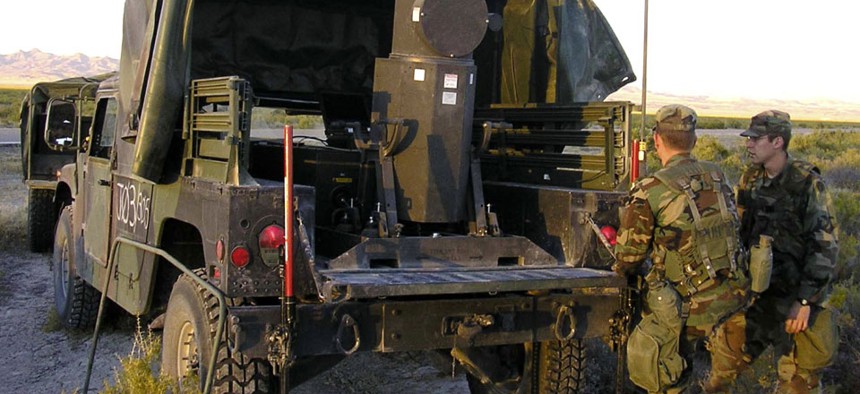DARPA Wants a Portable System to Identify Biological and Chemical Threats

DARPA
Program would detect threats from the battlefield.
The Pentagon's futuristic research and deelopment arm, the Defense Advanced Research Projects Agency, plans to develop a small and portable system that could reveal and identify chemical or biological threats on the battlefield, the Wired "Danger Room" blog reports.
Agency officials call the desired technology the "Laser UV Sources for Tactical Efficient Raman" program -- a mouthful that, as serendipity would have it, spells out "LUSTER" as its acronym.
The system would be based on high power and efficient ultraviolet lasers, an approach that researchers hope might keep costs capped and avoid the bulkiness that has plagued field personnel in places like Syria or, before that, Iraq.
"Today's standoff detection systems are so large and heavy that trucks are required to move them," Dan Green, an agency project manager, said in a news release. "LUSTER seeks to develop new laser sources for breakthrough chemical and biological agent detection systems that are compact and light enough to be carried by an individual, while being more efficient than today’s systems."
He added: "We also want to take a couple of zeroes off the price tag."





